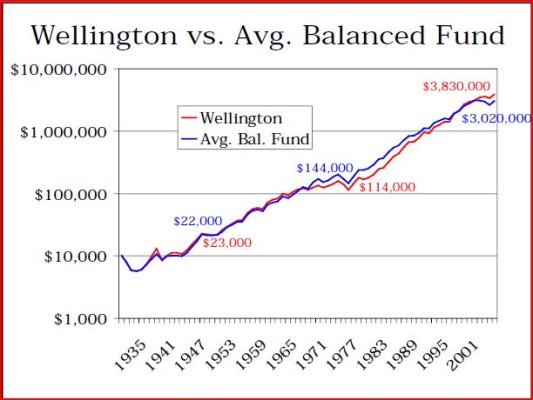David1961
Thinks s/he gets paid by the post
- Joined
- Jul 26, 2007
- Messages
- 1,085
I’ve been trying to do some research on the stock market returns during and after the great depression, and cannot find certain information. I know there were not index funds (or even mutual funds) available back then, and in many ways, it may be like comparing apples to oranges. My question is this: suppose at the start of the market crash if 1929, a person held a certain dollar amount (let’s say $10,000 which would have been an enormous amount of money back then) in the stock market and suppose this was invested in a vehicle similar to an S&P 500 index fund today. If the money was left in this fund, having all distributions reinvested, how long would it have taken to recover the losses? (at what point would the value have come back to $10,000). And also, at what point would the investor have the same buying power he/she had before the crash (which considers inflation). According to some web sites, the total decline by 1923 was somewhere around 75% to 90% of the original value before the crash. But I cannot find out how long it would have taken to “break even” points. Can anyone point me to where I can find this information? Thanks.


